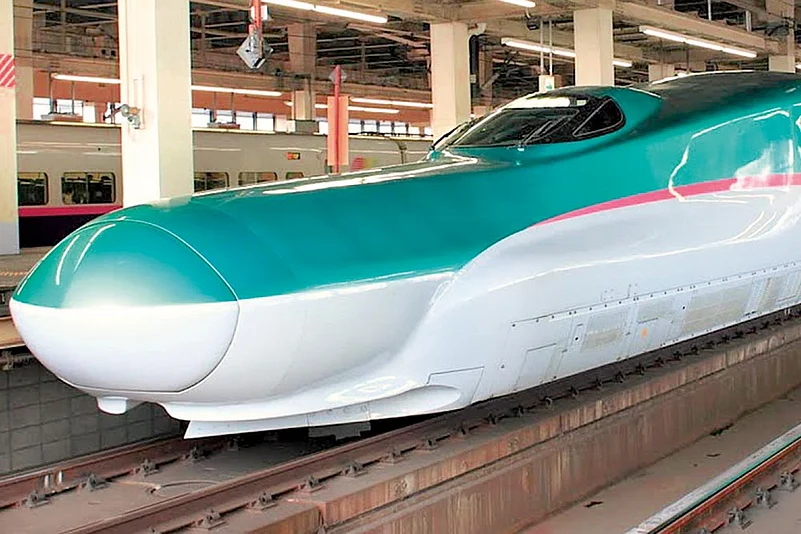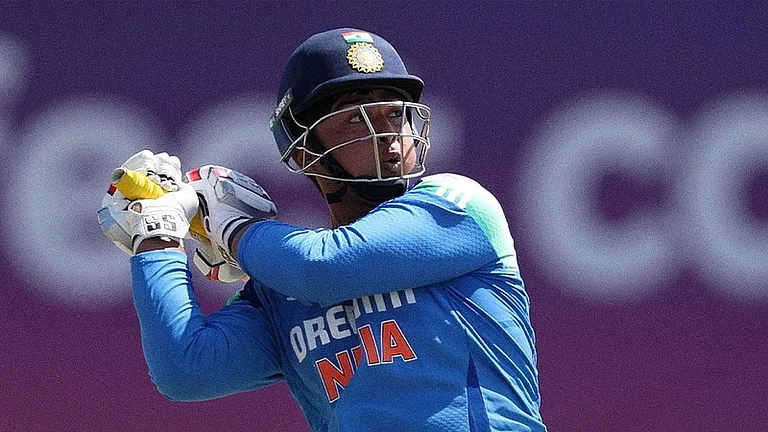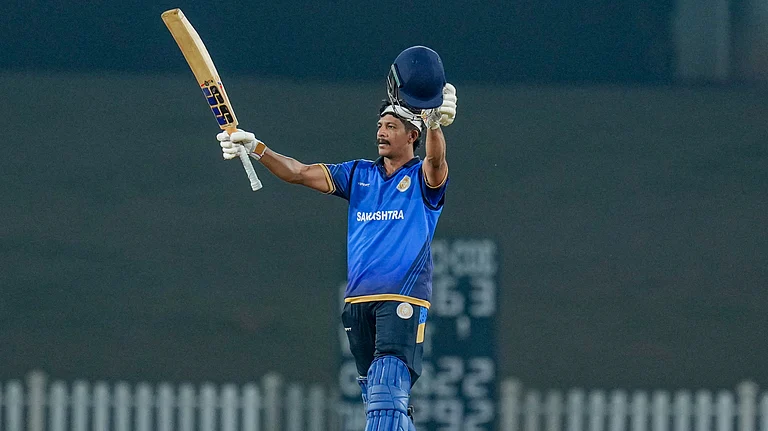Soon after taking over as Maharashtra chief minister, Uddhav Thackeray held a meeting to review the Mumbai-Ahmadabad High Speed rail project. He had already expressed his disinterest in continuing the project that had met stiff resistance from farmers in Maharashtra’s coastal belt.
In the five-hour long meeting, Thackeray was advised not to rake up the bullet train issue. An official working closely on the project is believed to have told him: “The bullet train is not going to happen in any case. Why do you want to appear to be stalling it?” Thackeray has not raised the issue thereafter.
The Narendra Modi government’s pet project—the agreement for which he signed with Japanese PM Shinzo Abe in September 2017—faces several challenges, the biggest being land acquisition. The project has missed deadlines for work commencement and is likely to miss the next one of April 2020. The new deadline to start “physical work” is end of the year.
Sources say the project has already overrun its budgeted cost and time. It is now estimated to cost Rs 1.6 lakh crore, as compared to Rs 1.1 lakh crore, the cost established by the feasibility study in 2015. It is also likely to be delayed from its proposed completion date of December 2023.
However, spokeperson of National High Speed Rail Corporation Ltd (NHSRCL), Sushma Gaur, tells Outlook that the project is on track and that “the issue of cost increase, if any, can only be established after finalisation of tenders”. He adds that over 51 per cent of land has been acquired and that the measurement survey required before initiating the acquisition along the corridor is almost over.
“NHSRCL is approaching land acquisition with care and without harming any person’s or families’ interest,” Gaur says, while admitting challenges like disputed land pockets, missing or incomplete land records. He informs that bids have been invited for the construction of about 69 per cent (348 kms) of the total alignment of 508 kms, including 21 kms of underground tunnel (including 7 km undersea tunnel), five elevated stations and one depot at Surat. “The tenders will be finalised in this year and the physical work is likely to start in many locations by end of this year,” he adds.
However, government sources concede that two clauses—‘Make in India’ and ‘Transfer of Technology’—on which the project was propped up don’t seem to be falling in place. Japan is funding 81 per cent of the project cost through a 50-year loan at 0.1 per cent interest, and it is the Japanese steel and engineering companies that are likely to bag major supply contracts. They claim that even for spares and maintenance, India may have to depend on Japan.
Also, there is no assurance of transfer of technology, which implies that India won’t be able to manufacture anything even at a later stage. “The Japanese had asked for more bullet train corridors before agreeing to transfer technology. When the fate of this one project is not certain, how can we promise them more,” asks a railway official.


























